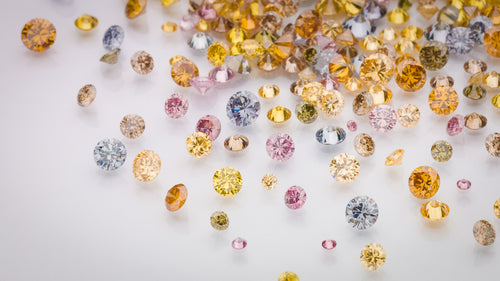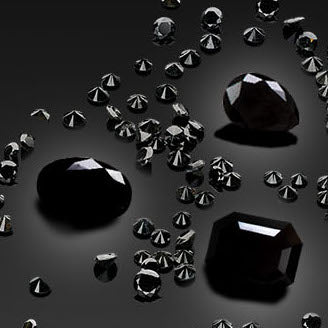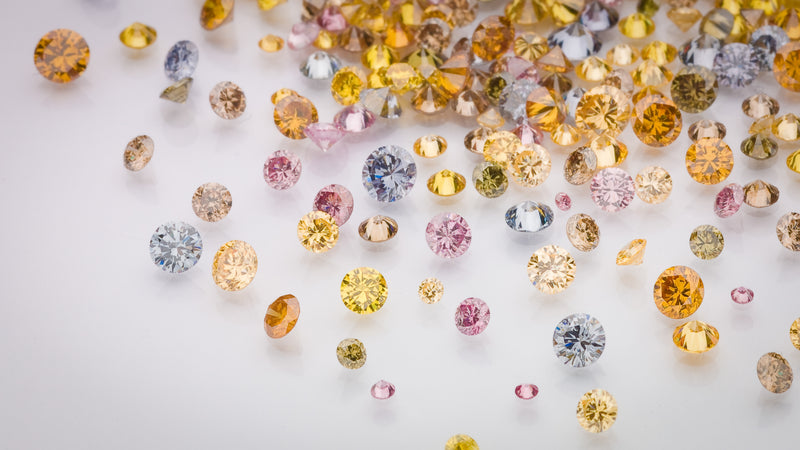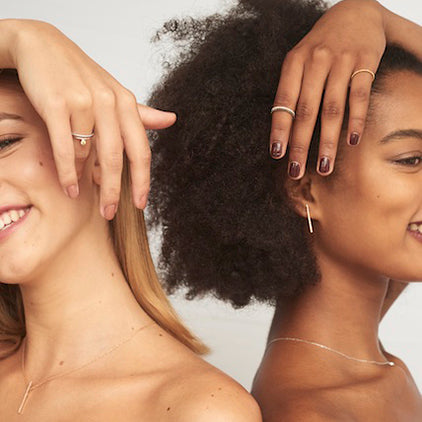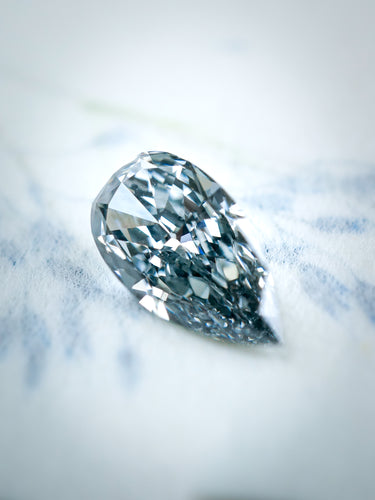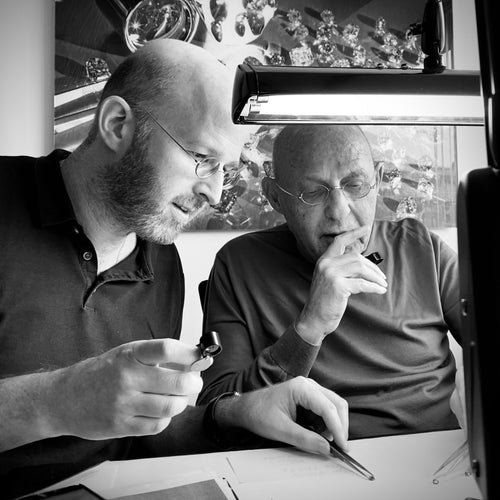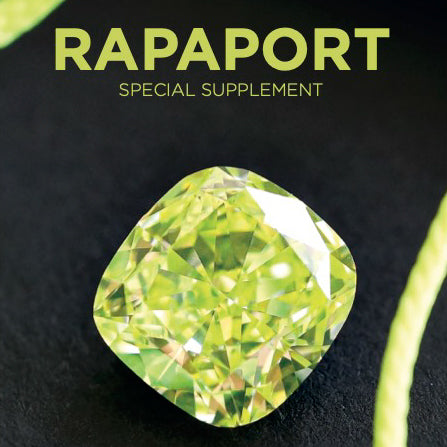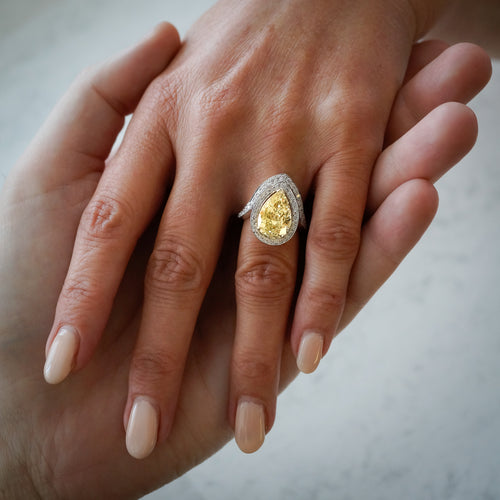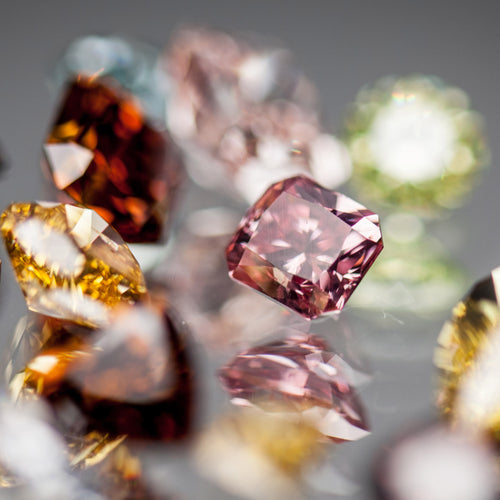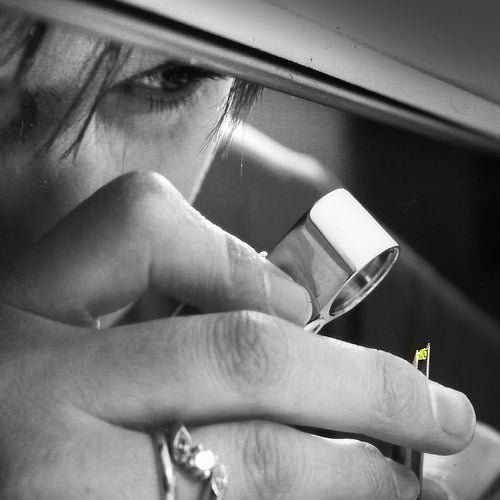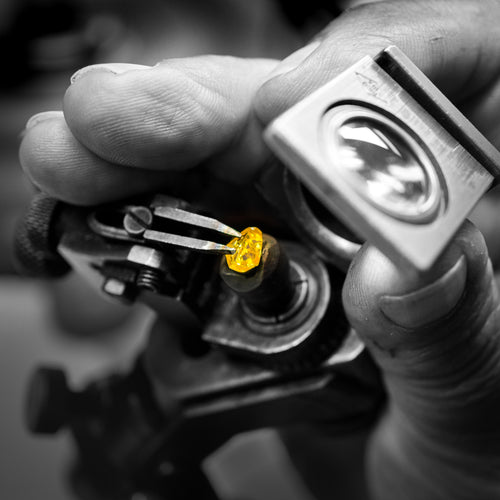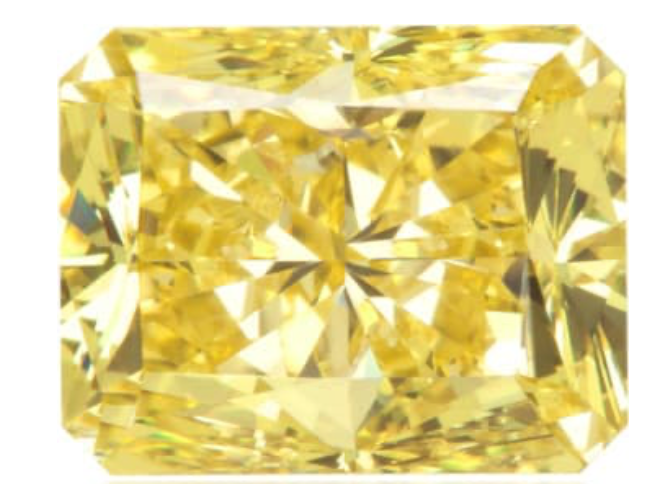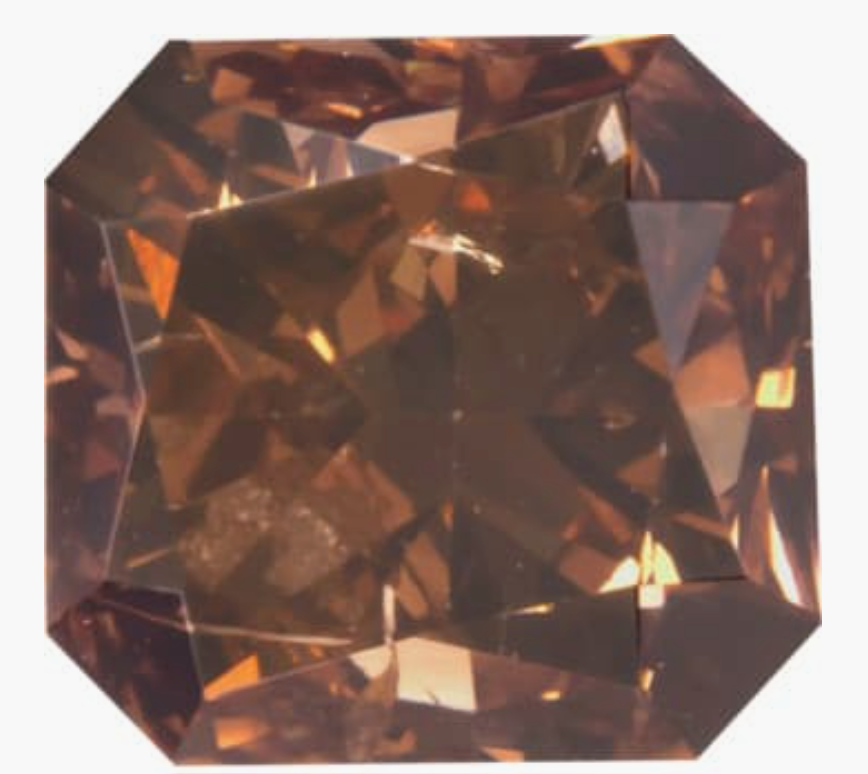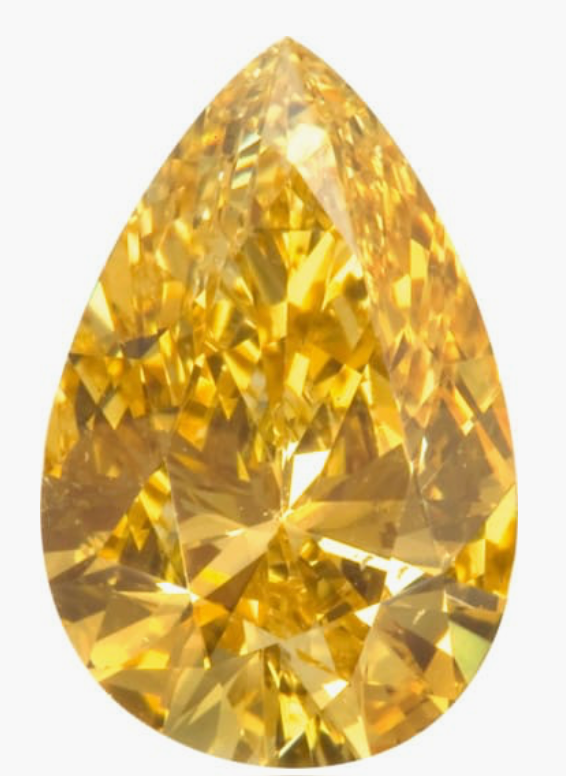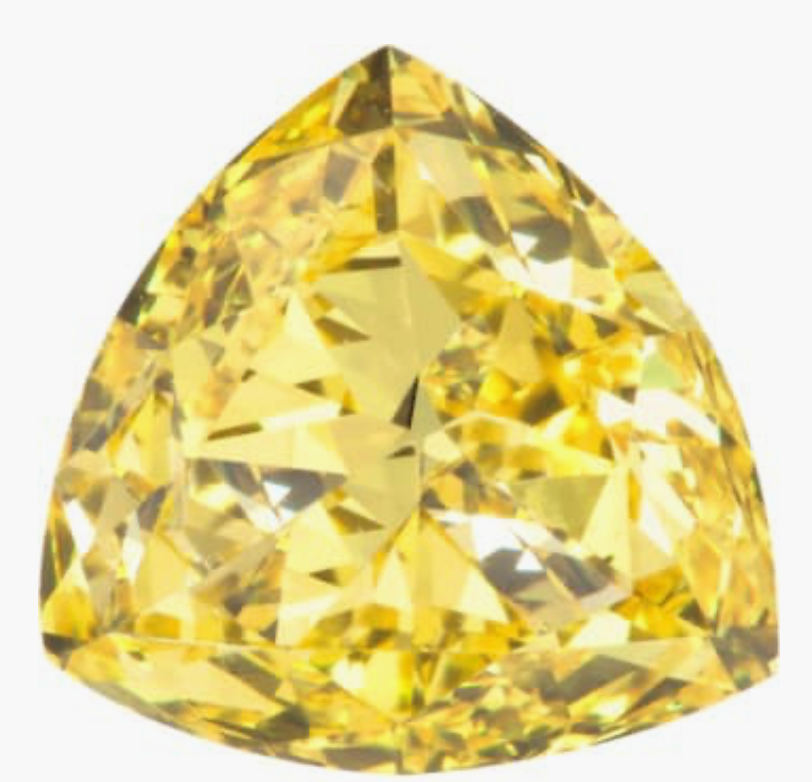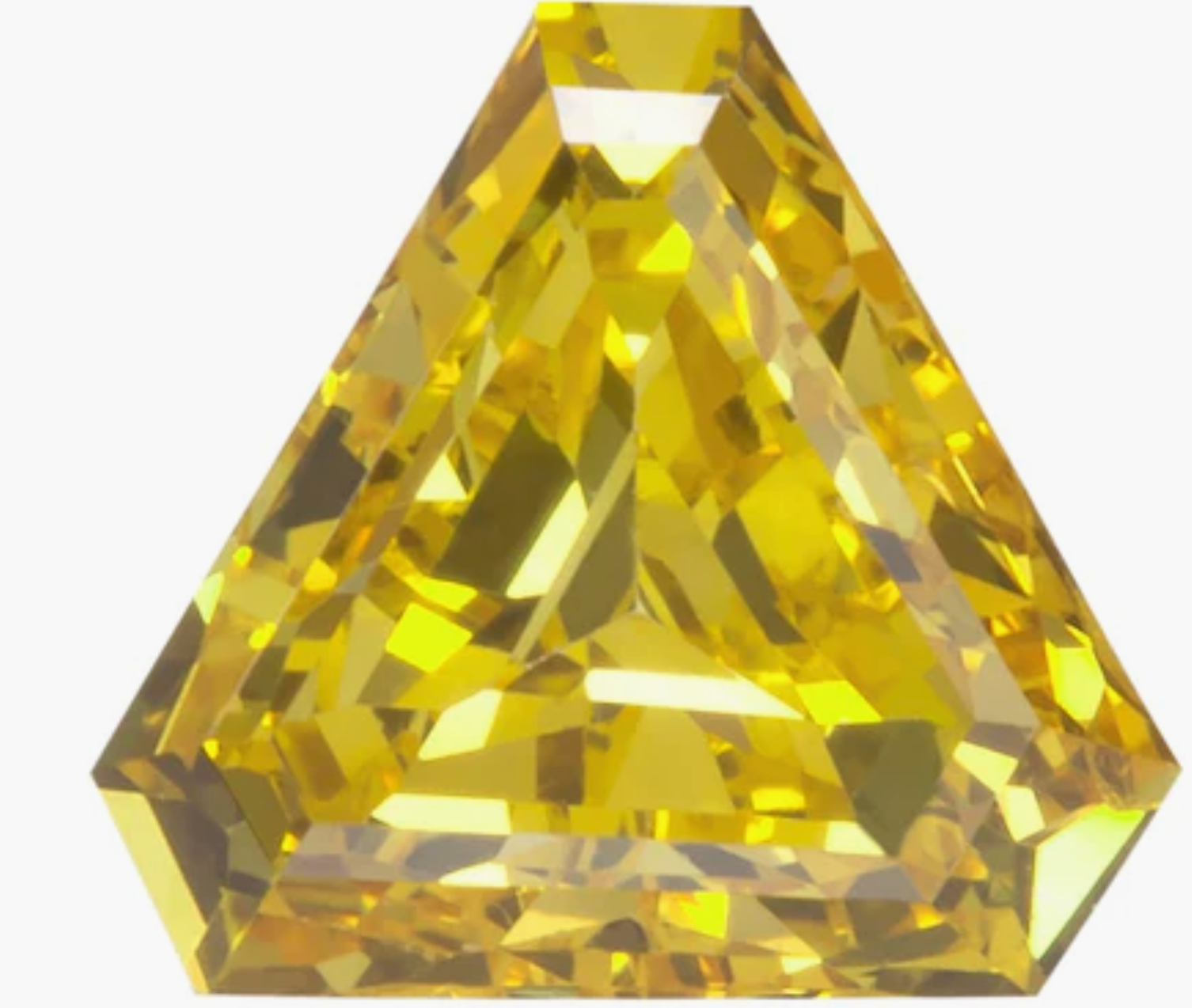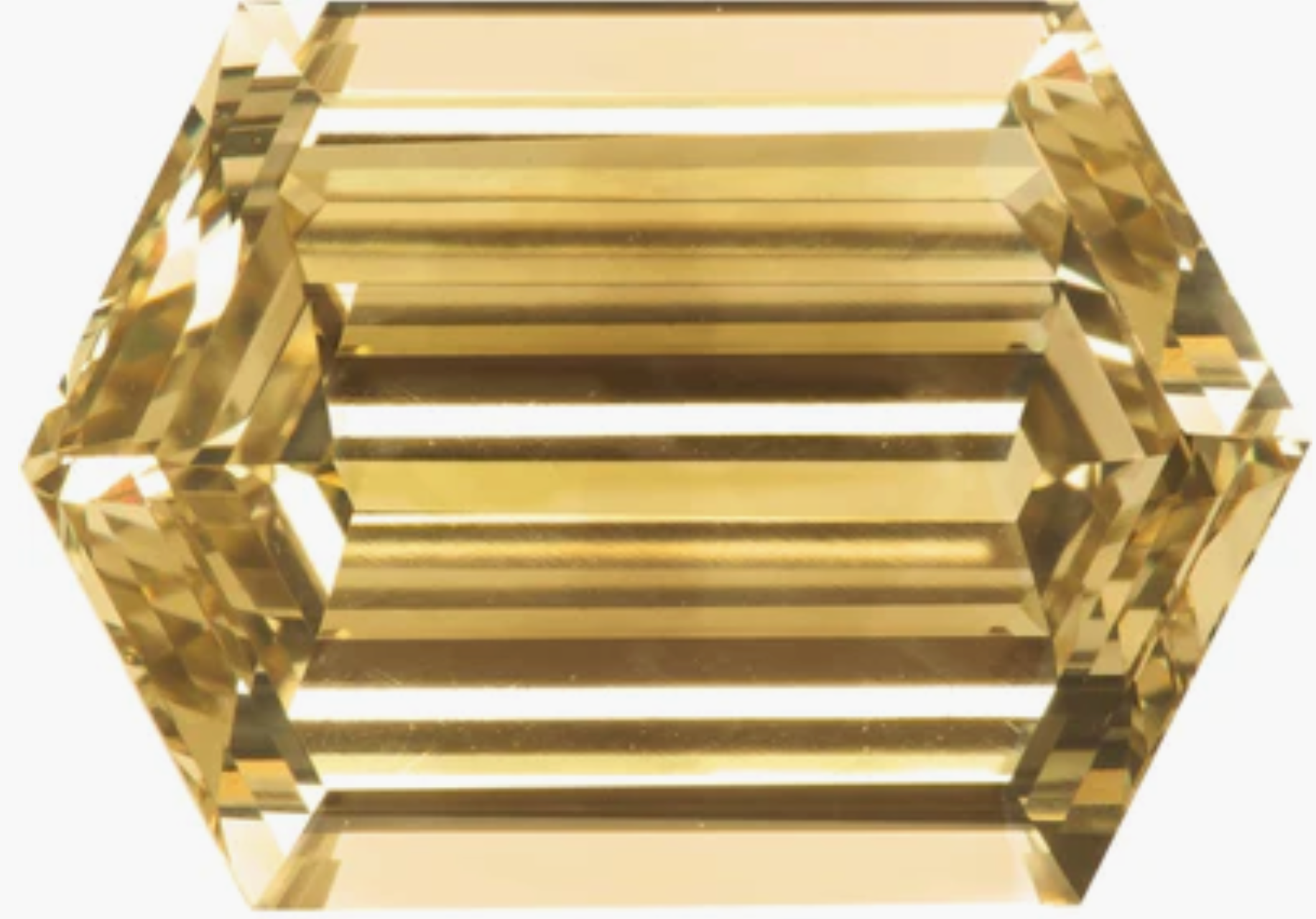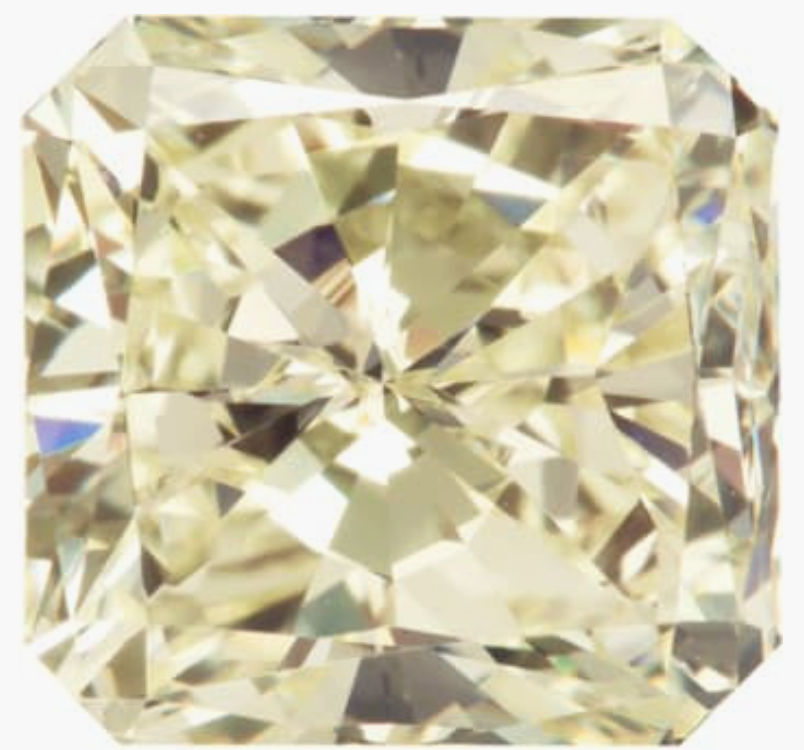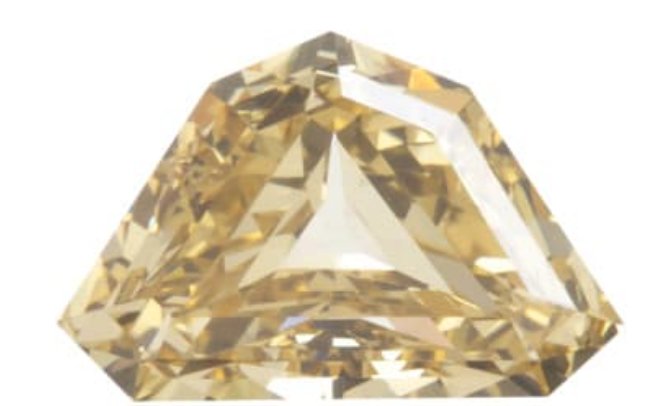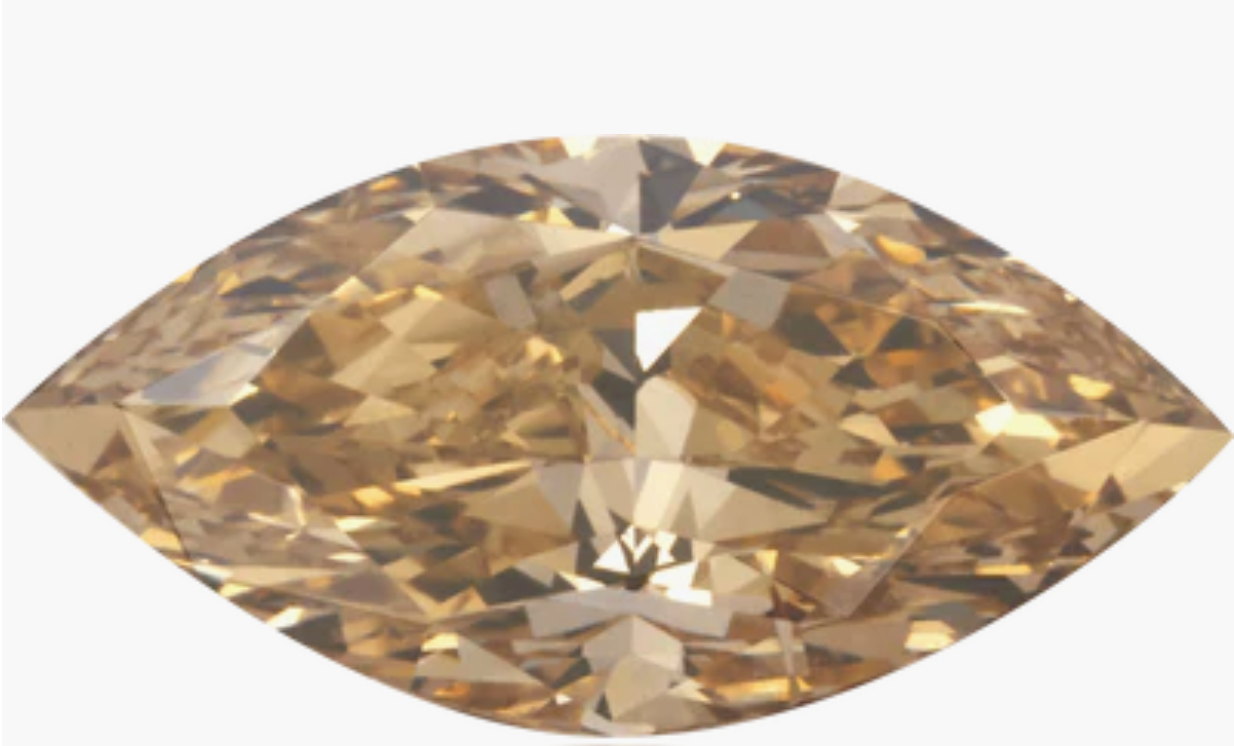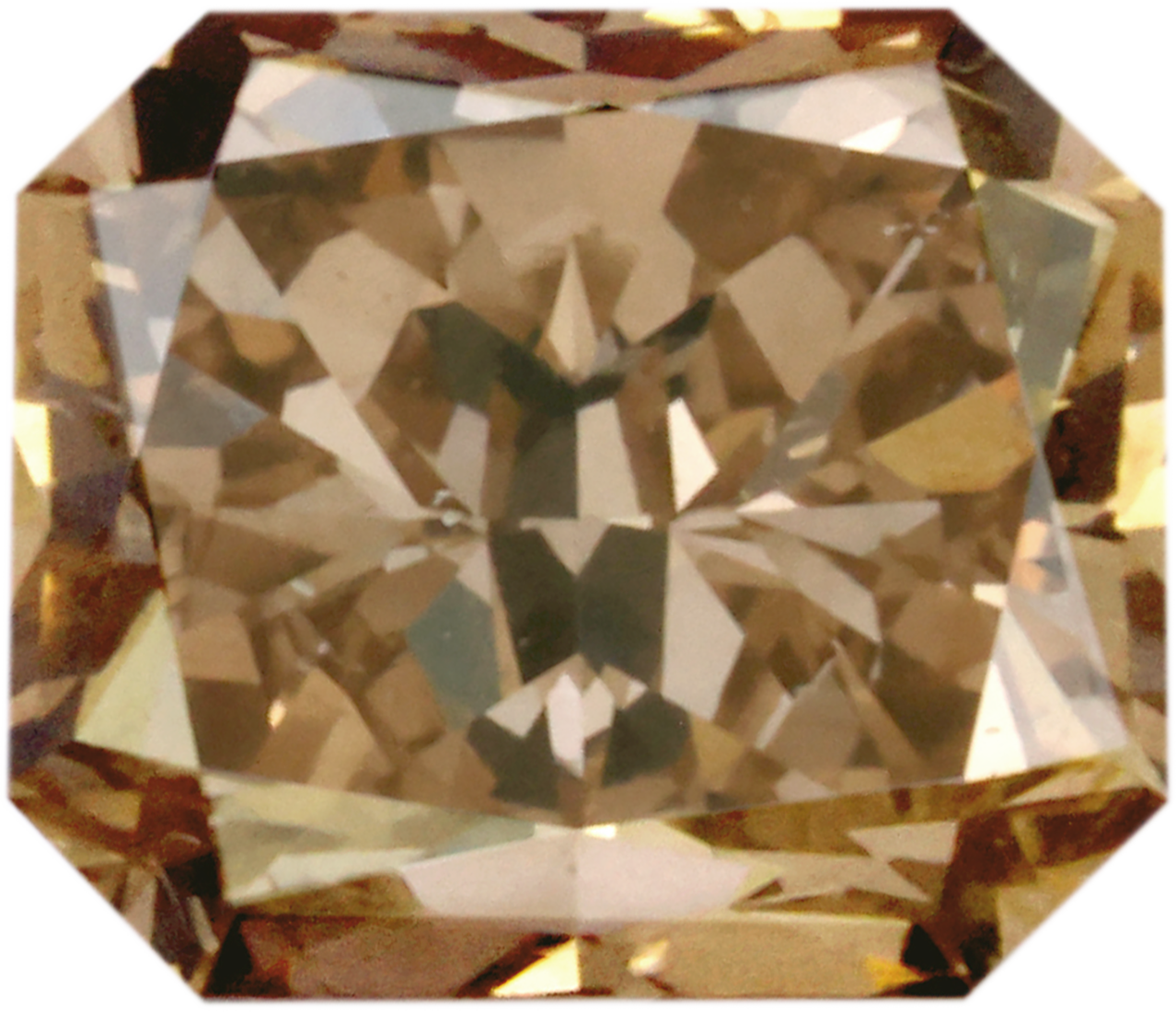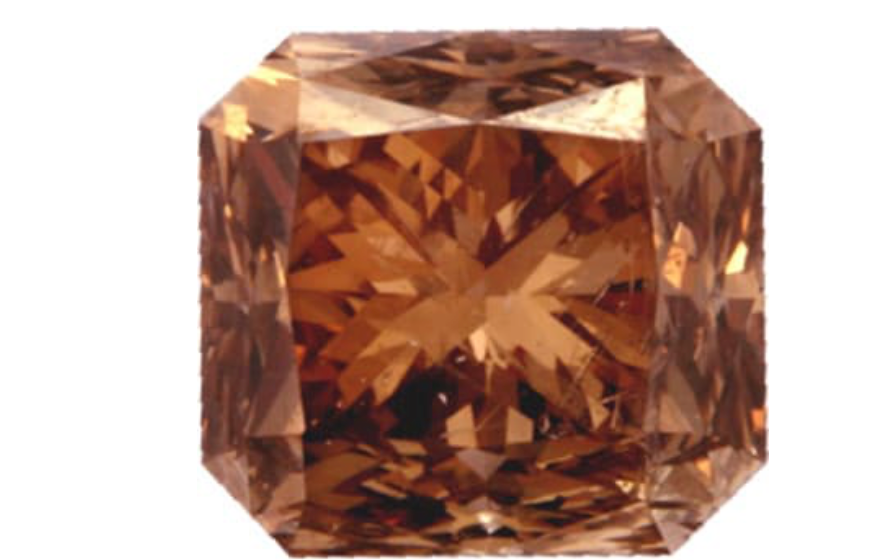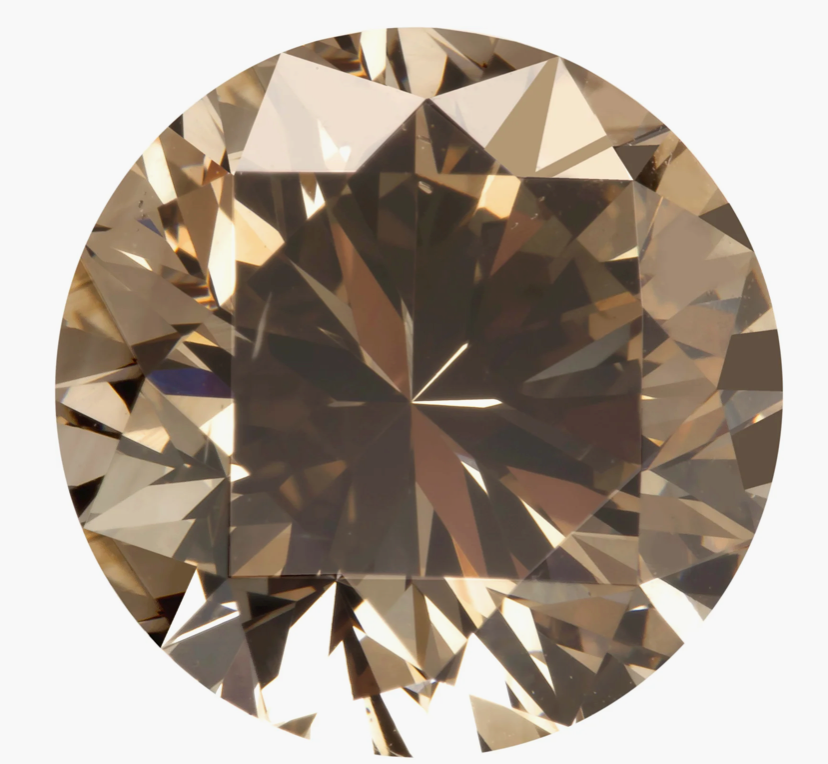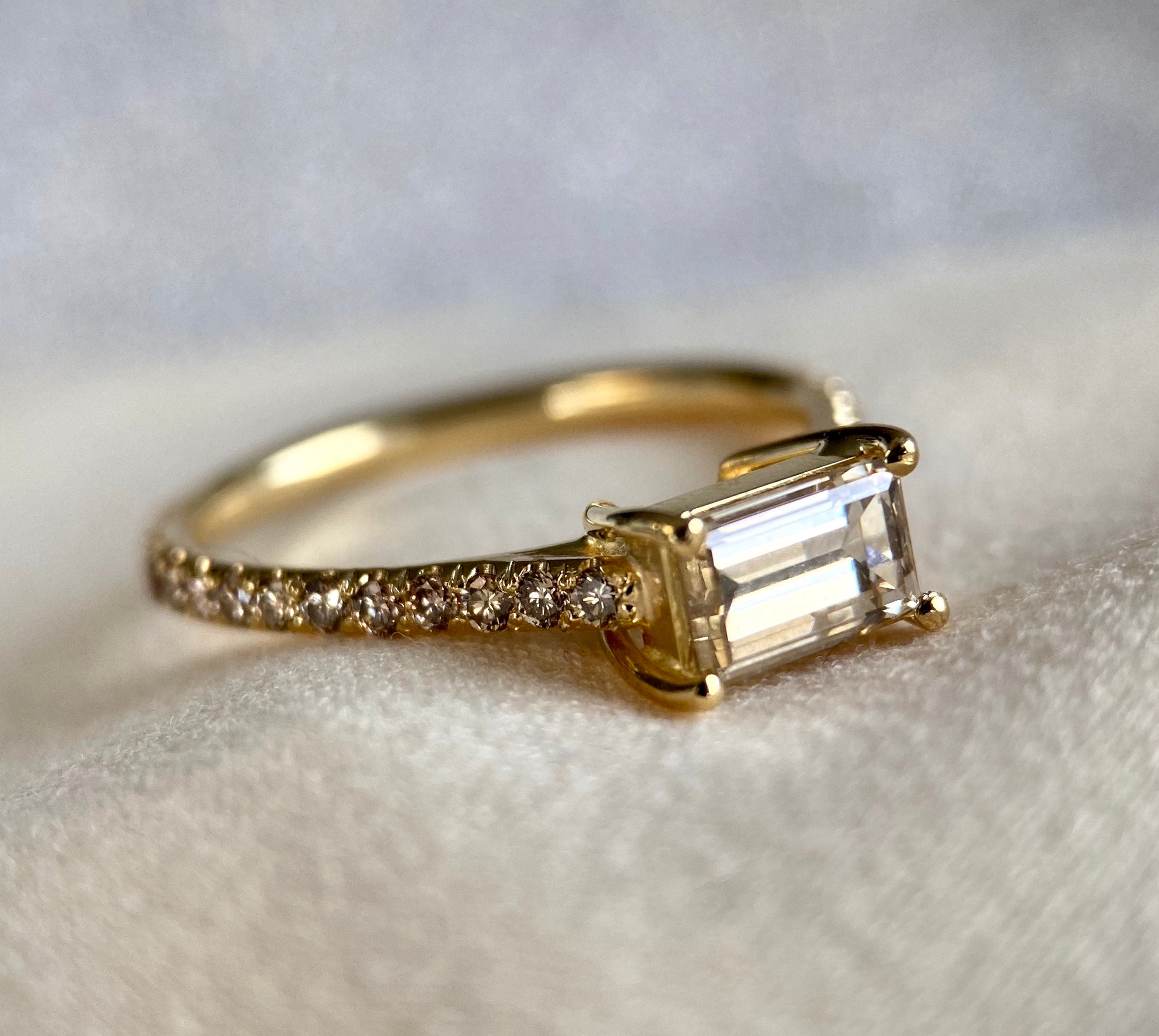


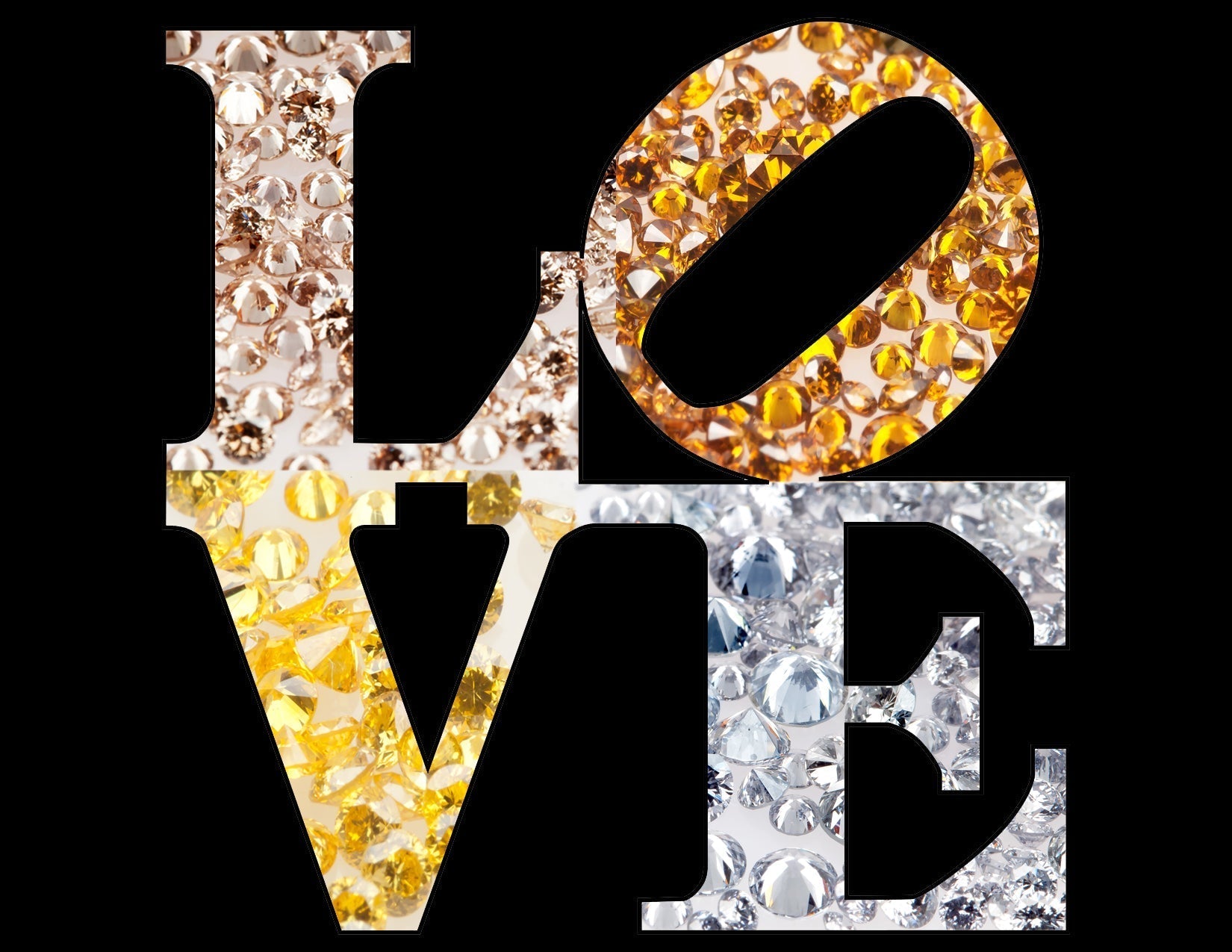
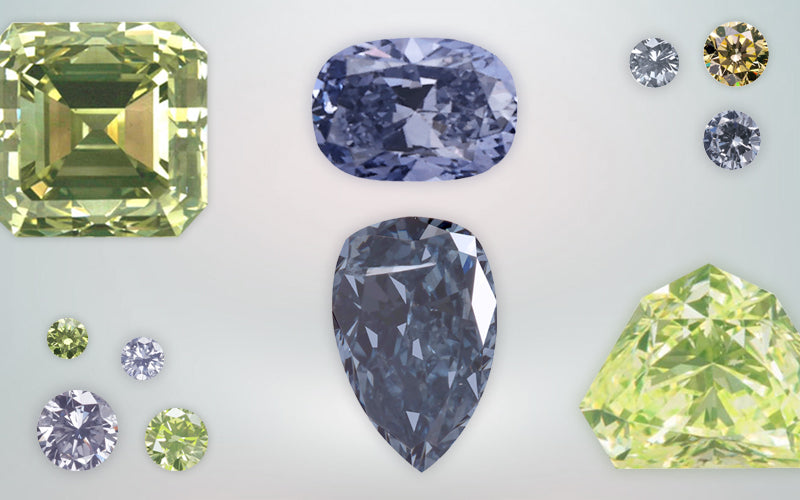

Natural Treasures: Yellow and Brown Diamonds
The first diamond mines were established in India around the 4th century BC, and for over two millennia, this region was the only source of diamonds in the entire world. The mythical mines of the Golconda region produced some of the most famous diamonds known to history, including exceptional Yellow, Pink, Blue, and Green diamonds. These treasured stones adorned the most precious jewels commissioned by the European courts and Asian empires.
Diamond color was once closely tied to the hindu caste system, where ownership of certain color diamonds was restricted and reserved for a specific social class or varna. Yellow diamonds, for example, could only belong to Vaishyas—landowners or merchants.
Fast forward to more recent times, a grading system that rewards lack of color has become the standard, especially in the engagement and bridal jewelry sectors. Partly due to the proliferation of the idea that colorless is better, the splendor of Yellow and Brown diamonds was overlooked for many years.
Continue reading to discover the allure of Yellow and Brown diamonds and how they are now sought after colors.
In this blog, we cover:
- What are Yellow diamonds?
- Are Brown diamonds valuable?
- The variety of hues of natural Yellow diamonds.
- Chocolate diamonds and other Fancy Browns.
The Origin Of Yellow Diamonds
Commonly deemed undesirable, inclusions and imperfections aren’t all that bad. Most Fancy color diamonds owe their spectacular hues to traces of other elements. Such is the case of Yellow diamonds, which get their sunny color from nitrogen impurities.
Natural diamonds took hundreds of millions of years to grow under the Earth’s crust. During this slow process involving high heat and pressure, traces of nitrogen found their way into the carbon crystal structure. This serendipitous event is responsible for producing a stunning variety of Yellow diamonds.
From Vanilla to Canary
The GIA Color scale for diamond grading measures yellow’s presence in white diamonds, granting a letter grade to indicate saturation: from D (colorless) to Z (light yellow). Beyond the Z grade, the diamond’s value suddenly rises again as it enters Fancy territory.
Color in Fancy Color diamonds is observed differently, with three main attributes considered: tone, hue, and saturation. Hue refers to the primary color of the stone, tone defines how light or dark the hue is, and saturation denotes the intensity. This naming system is followed globally by laboratories, and this is why you’ll encounter names in reports described as “Fancy Light Yellowish Brown”, for example.
At Langerman Diamonds, we prefer to come up with names that resonate with the diamond’s look. Our names evoke memories by alluding to common elements in nature such as fruits, and flowers.
Canary Yellow diamonds stand out for their rich, vivid color which has turned it into one of the most desirable colors. Another exceptionally bright stone which has a less intimidating price tag, is the Jonquille diamond, shown below.
Intensity is highly valued, yes, but it’s not everything. For those who prefer subtlety and find beauty in softer tones, Vanilla and Honey diamonds are the perfect option.
Want to learn more? Read our Guide to Natural Yellow Diamonds.
The Raise of Chocolates and Champagnes
Misunderstood and undervalued, Fancy Brown diamonds were the underdogs of the color diamond world. Long associated with visible inclusions and low clarity grades, natural Brown diamonds struggled to enter the fine jewelry market. But now, the public has gained awareness and access to educational tools and resources that weren’t available 10, or even 5 years ago. As a result, today’s consumer understands Brown diamonds aren’t all dark and many have exceptional clarity. Raising from oblivion to become red carpet favorites, Brown diamonds are now seen on celebrities like Taylor Swift and Rihanna.
Perhaps our tastier category, our natural Brown diamonds bear names like Champagne, Chocolate, Cinnamon, and Coffee. The warm undertones of these stones are enhanced by yellow and rose gold settings, creating harmonious designs. When set in white gold, the coolness of the metal highlights the color of the diamond, making it a bold, contrasting piece.
Renowned for its Pink diamond production, the Argyle mine in Australia—which closed operations in 2020—also yielded some beautiful Toffee and Chocolate diamonds like the ones pictured below. As provenance gains more importance to investors, the value of Argyle Brown diamonds can be expected to increase.
Read more in our Guide to Natural Brown Diamonds.
Buying Yellow and Brown Diamonds Online
Established in 1965, Langerman Diamonds has pioneered the field of natural color diamonds by identifying a spectrum of over 350 colors. Our unparalleled expertise and extensive inventory set us apart, but it’s the quality of our service that creates lifelong customers.
Explore our online selection and refine your search filtering by color, shape, carat, price, and origin. Our team will gladly answer any of your questions and guide you through the process of acquiring a natural color diamond.
For more information, read our Diamond Buying Guide.
If you are a jeweler or are looking to create a bespoke piece, please contact us to learn more about our tailored services.
